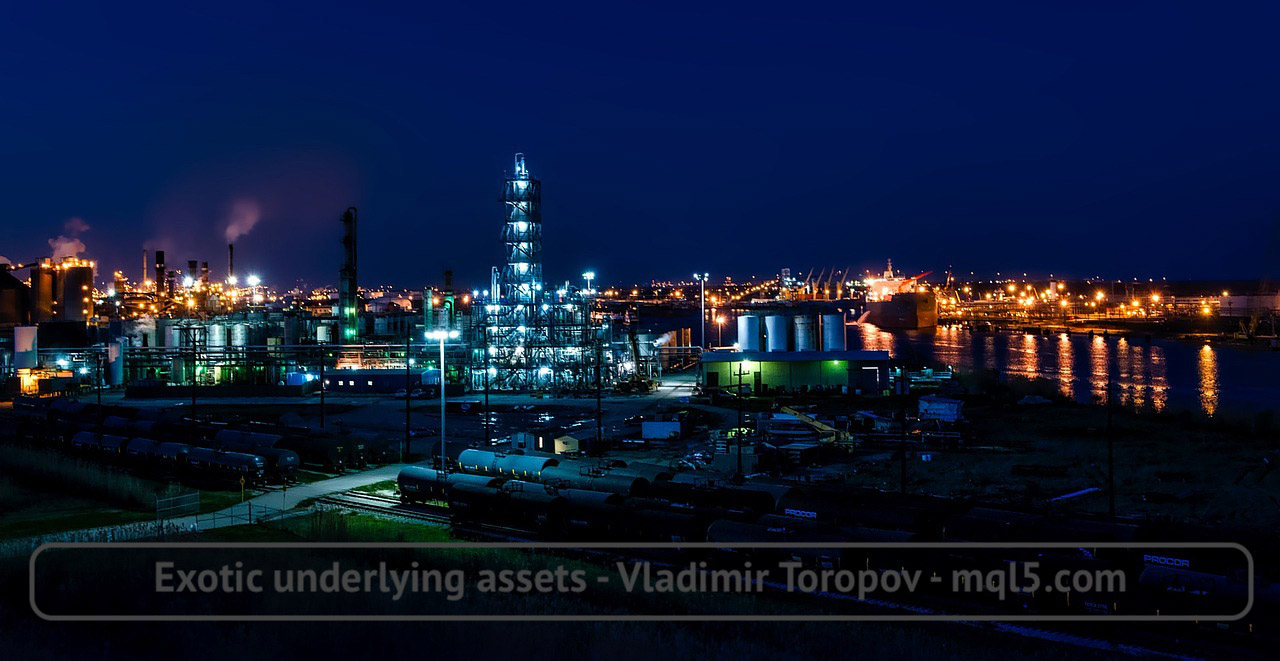Exotic underlying assets in futures contracts are those that deviate from the typical financial instruments or commodities commonly traded in traditional futures markets. These assets are more specialized and less commonly encountered.
Futures and underlying assets
A futures contract is a standardized agreement between two parties to buy or sell an asset at a predetermined price on a future date. The underlying asset is the specific asset that the futures contract is based on. The connection between the futures contract and the underlying asset is essential for understanding how futures markets operate.
The underlying asset can be a wide range of financial instruments or commodities, such as stocks, bonds, commodities (like gold or oil), currencies, or market indices. The futures contract derives its value from the underlying asset. Essentially, the contract’s price or value is based on the expected future price of the underlying asset.
The connection between them
Let’s take an example to illustrate this connection. Suppose there is a futures contract for crude oil. The underlying asset, in this case, would be barrels of crude oil. The futures contract specifies the quantity of oil (e.g., 1,000 barrels), the quality of oil, the delivery date (e.g., three months from now), and the agreed-upon price at which the buyer and seller will transact.

My solutions on MQL5 Market: Vladimir Toropov’s products for traders
Throughout the life of the futures contract, its price will fluctuate based on changes in the market’s expectations regarding the future price of the underlying asset (crude oil, in this example). These price changes reflect supply and demand dynamics, geopolitical factors, economic indicators, and other relevant factors affecting the underlying asset’s value.
How does it work?
The connection between the futures contract and the underlying asset allows market participants to speculate on or hedge against price movements. For example, a trader who believes that the price of crude oil will increase in the future can buy a futures contract. If their prediction is correct and the price does rise, they can sell the contract before the delivery date at a higher price, earning a profit.
Similarly, a participant with exposure to the underlying asset, like an oil producer, can use futures contracts to hedge against potential price decreases by selling contracts at the current market price.
Overall, the futures contract and the underlying asset are interconnected, with the contract’s value depending on the expected future price movements of the underlying asset. This relationship enables market participants to manage risks, speculate on price changes, and facilitate the efficient functioning of futures markets.
Exotic underlying assets: What are they?
Exotic underlying assets are more specialized and less commonly encountered. Here are a few examples of exotic underlying assets that have been used in futures contracts:
Weather
Weather derivatives are a type of futures contract where the underlying asset is a specific weather condition or index, such as temperature, rainfall, or snowfall levels. These contracts allow businesses in weather-sensitive industries, like agriculture or energy, to hedge against weather-related risks.
Carbon Emissions
With the growing focus on environmental sustainability, futures contracts based on carbon emissions have emerged. These contracts allow participants to trade and hedge against the price fluctuations of carbon emission allowances or offsets, which are used to meet emissions targets set by governments or regulatory bodies.
Livestock and Agriculture
While agricultural commodities like corn, wheat, and soybeans are common underlying assets in futures contracts, exotic variants may focus on specific livestock breeds or agricultural products. Examples include contracts based on rare livestock breeds, exotic fruits, or specialized crops that cater to niche markets.

My solutions on MQL5 Market: Vladimir Toropov’s products for traders
Volatility Index (VIX)
The VIX, often referred to as the “fear index,” measures the expected volatility of the stock market. While not necessarily exotic, it offers a unique underlying asset for futures contracts. Traders use VIX futures to hedge against or speculate on market volatility levels.
Some features of exotic underlying assets
These examples highlight the diverse range of exotic underlying assets that can be used in futures contracts. It’s important to note that these assets may be subject to specific market regulations and have different liquidity profiles compared to more traditional underlying assets.
My solutions on MQL5 Market: Vladimir Toropov’s products for traders



